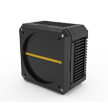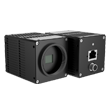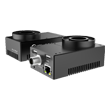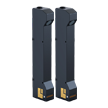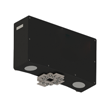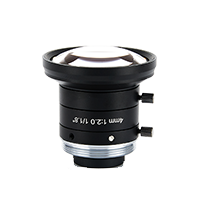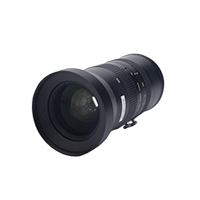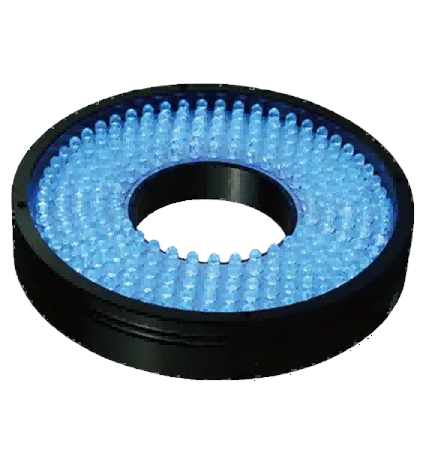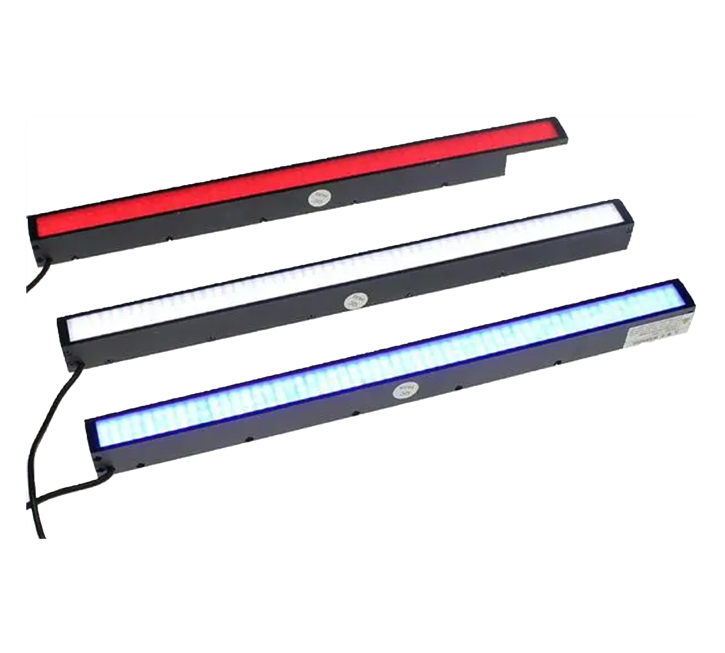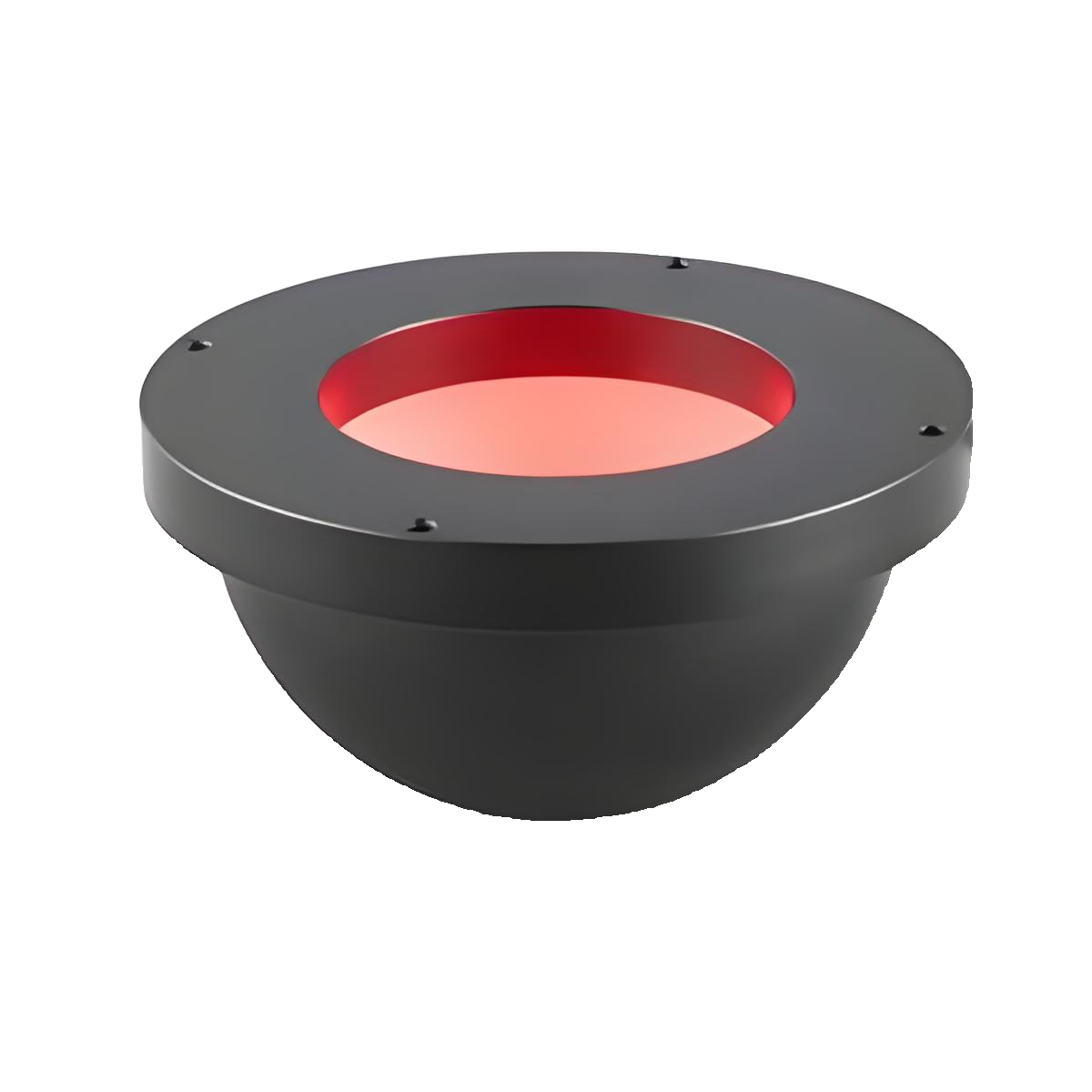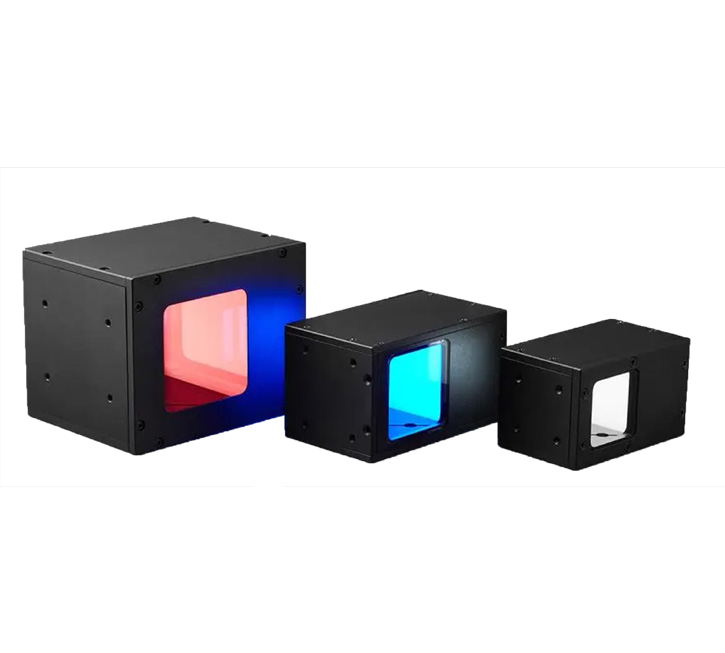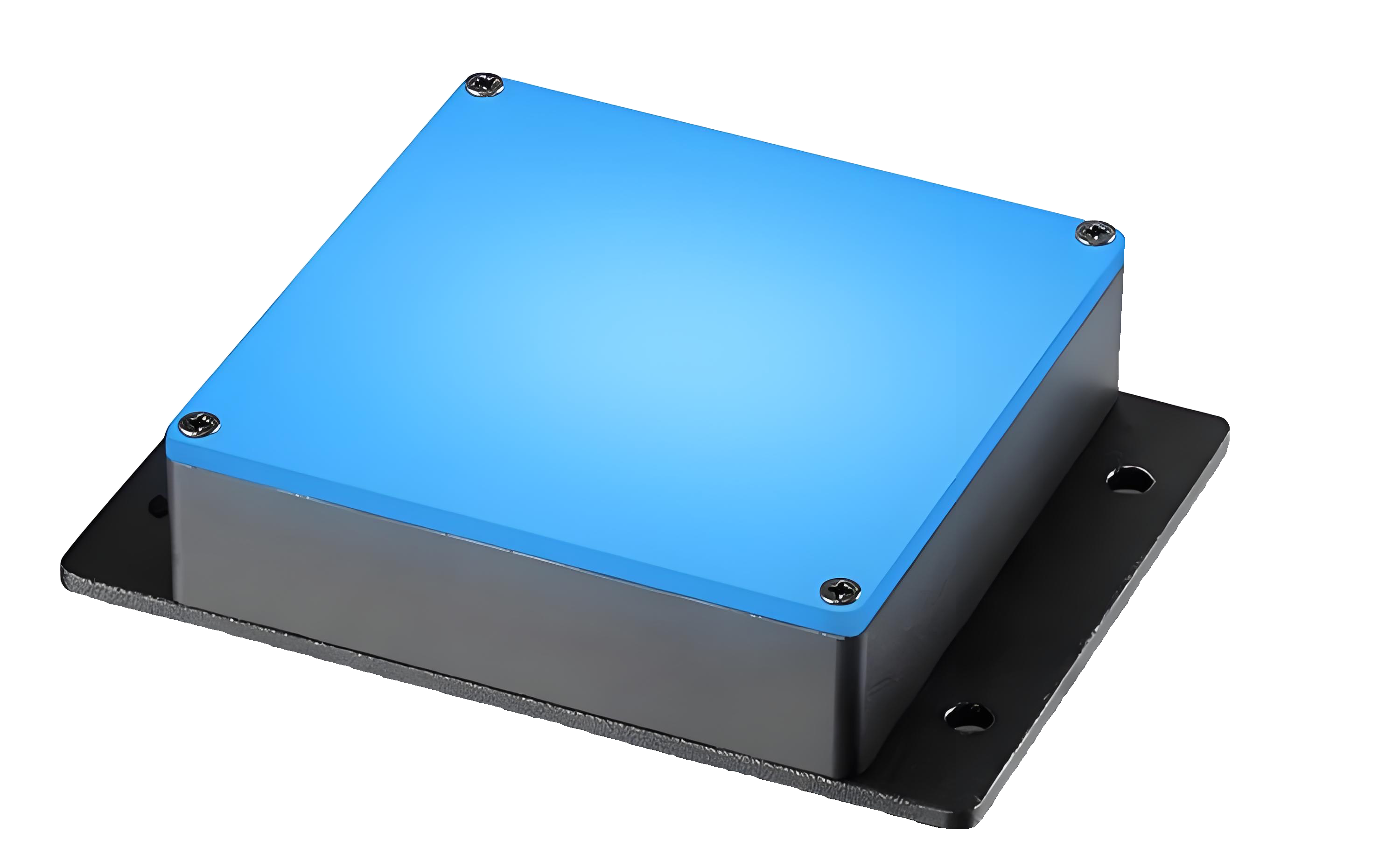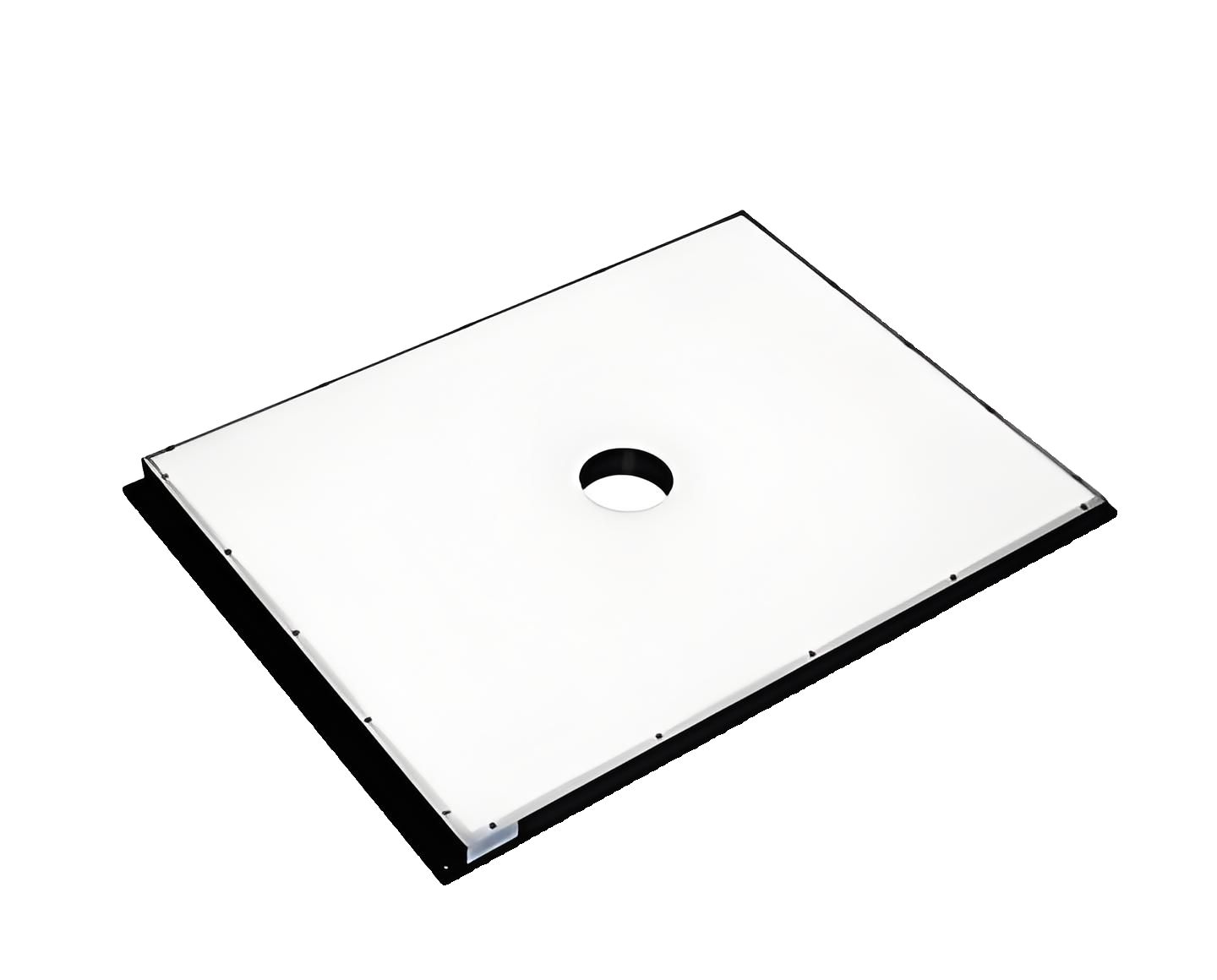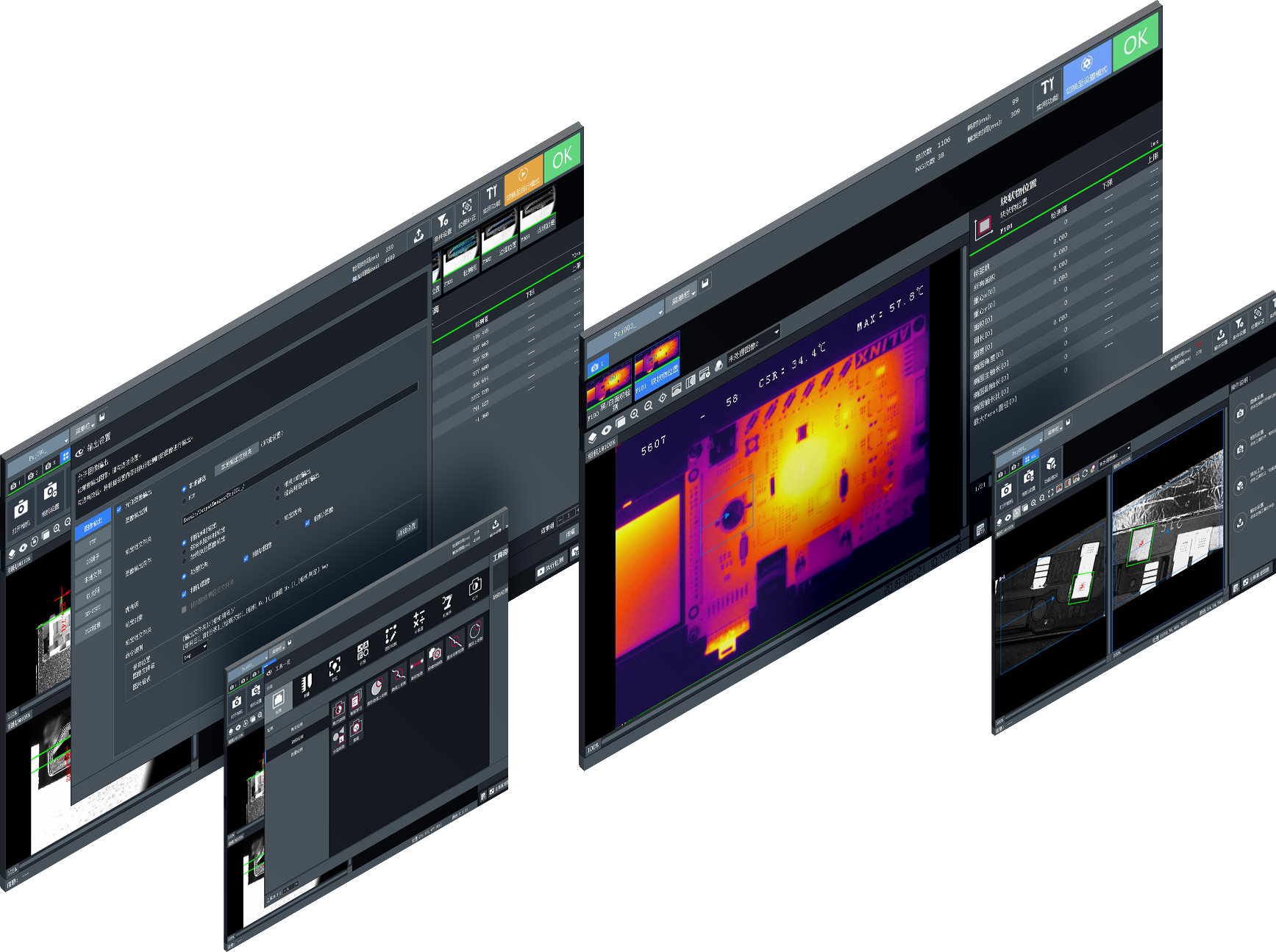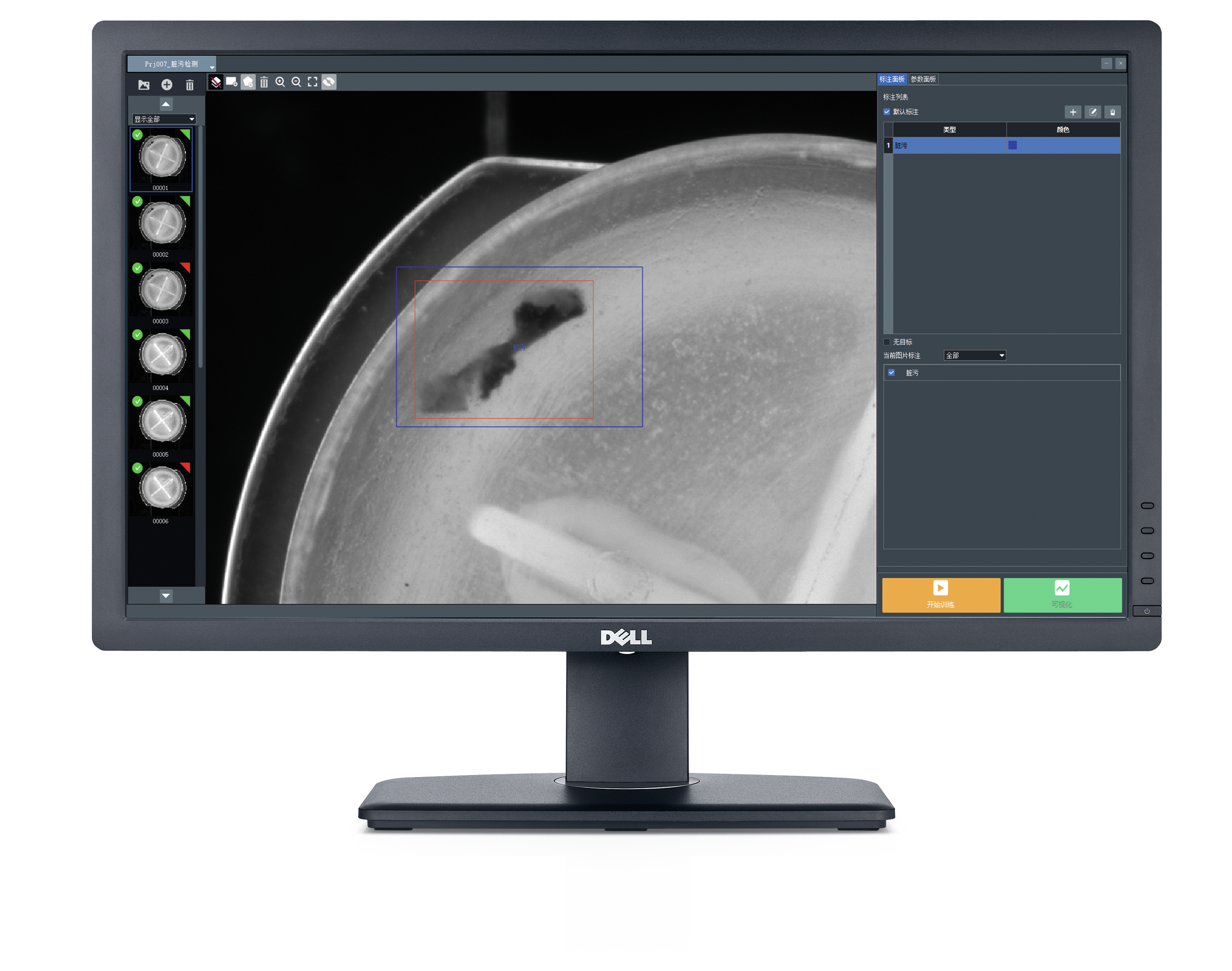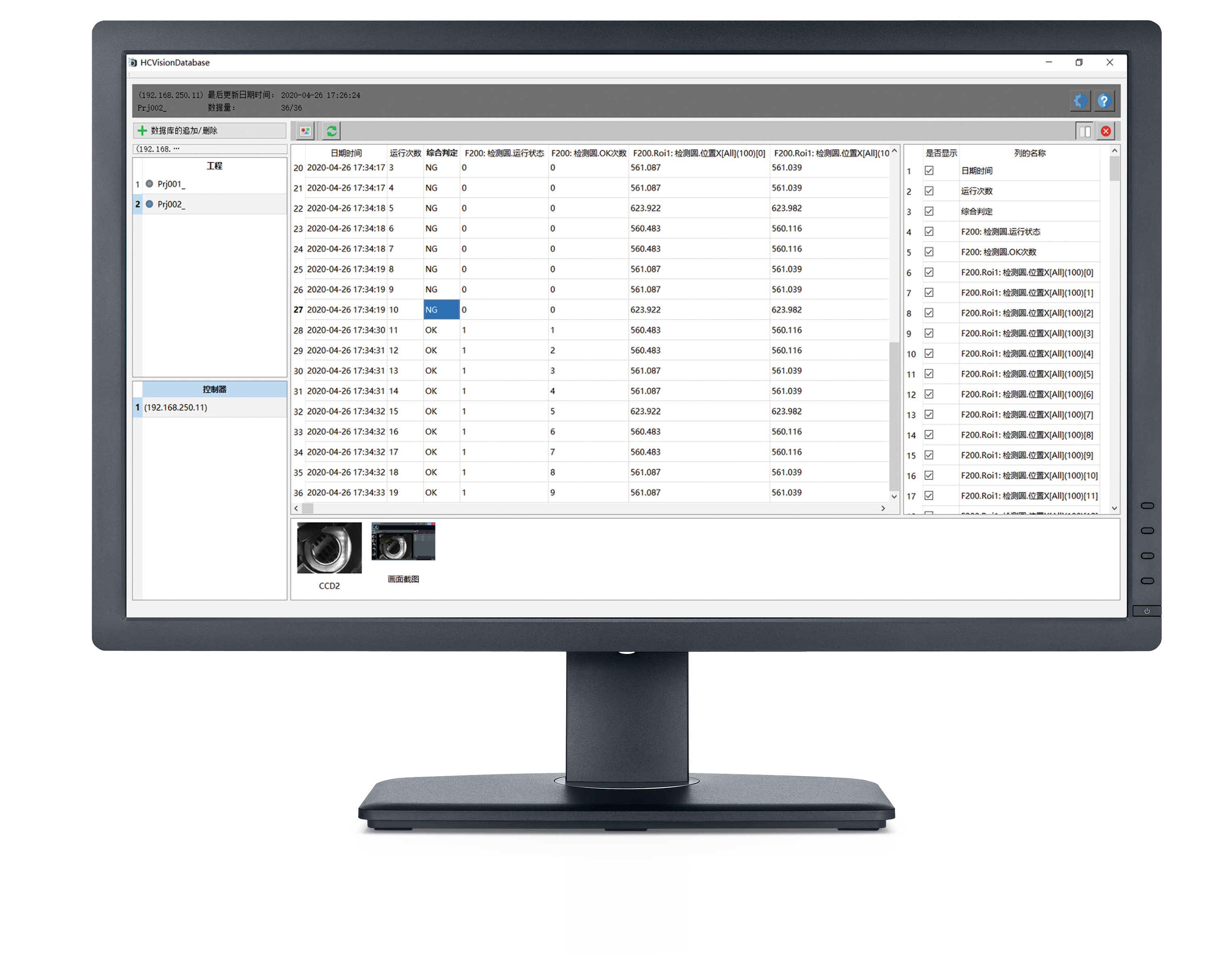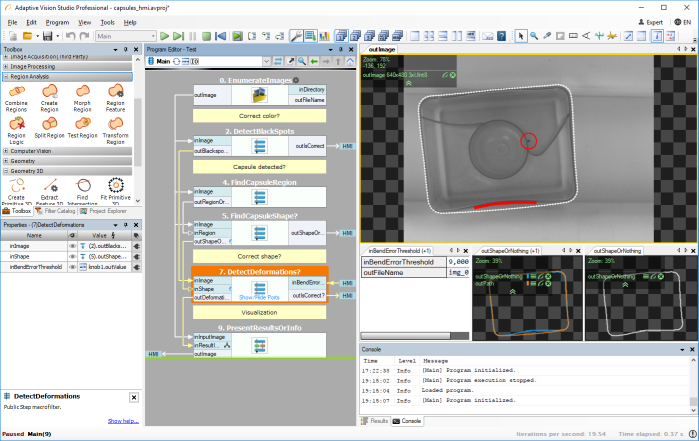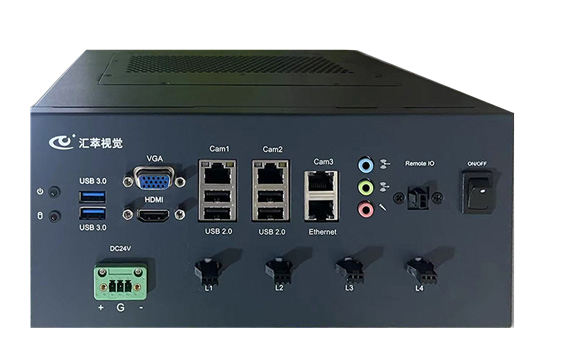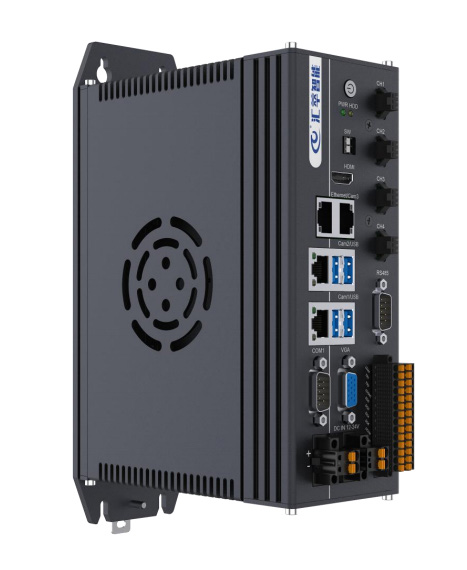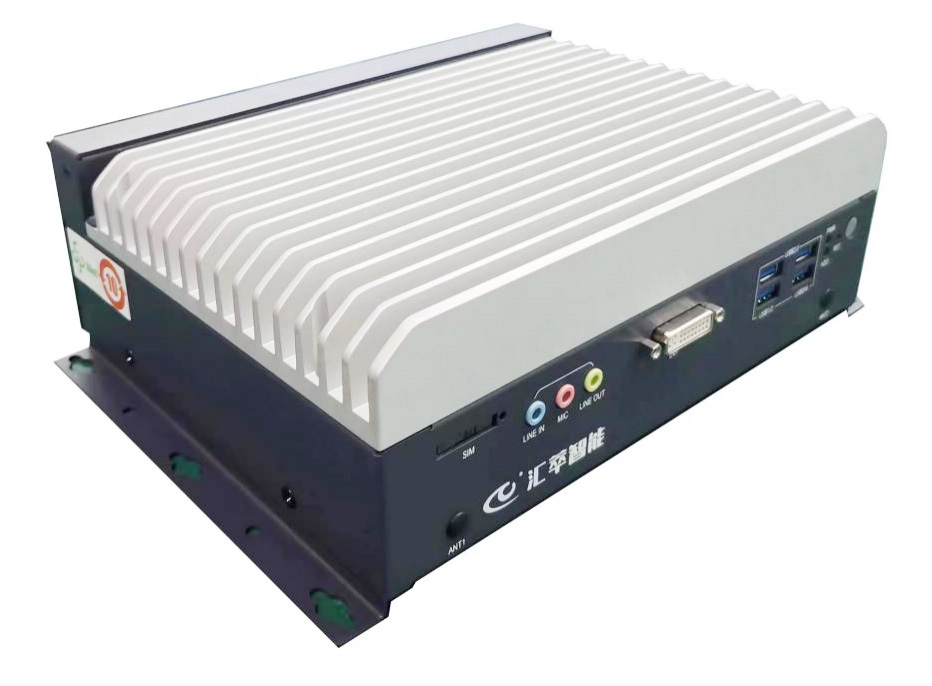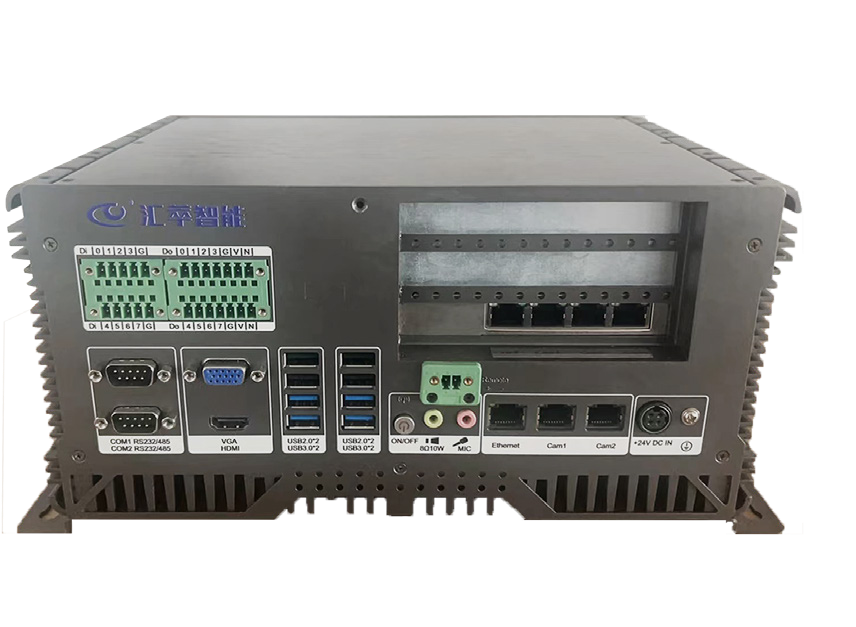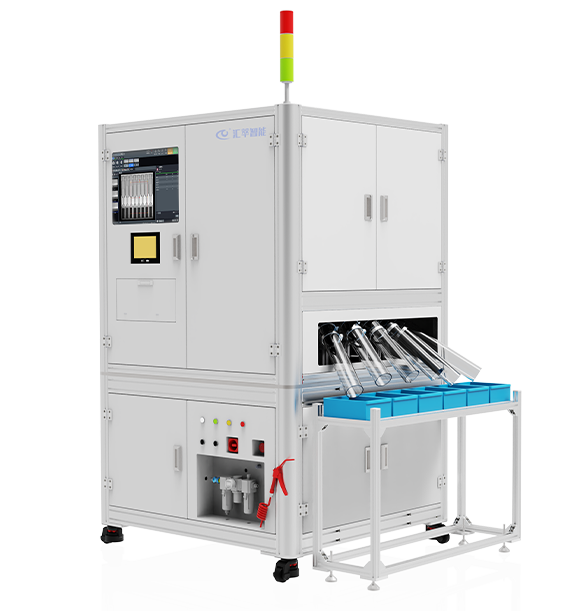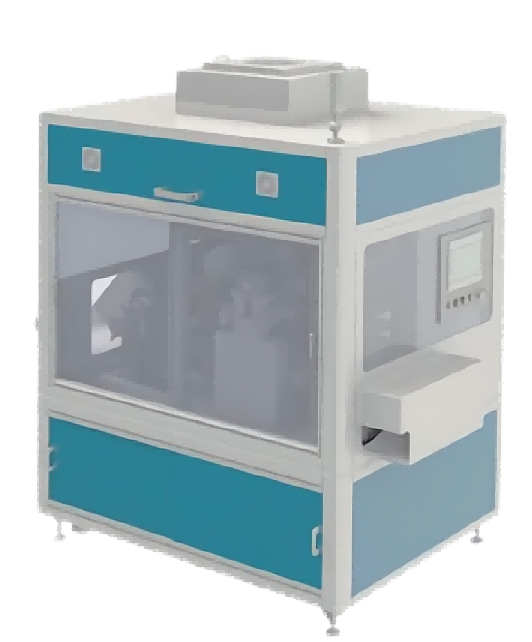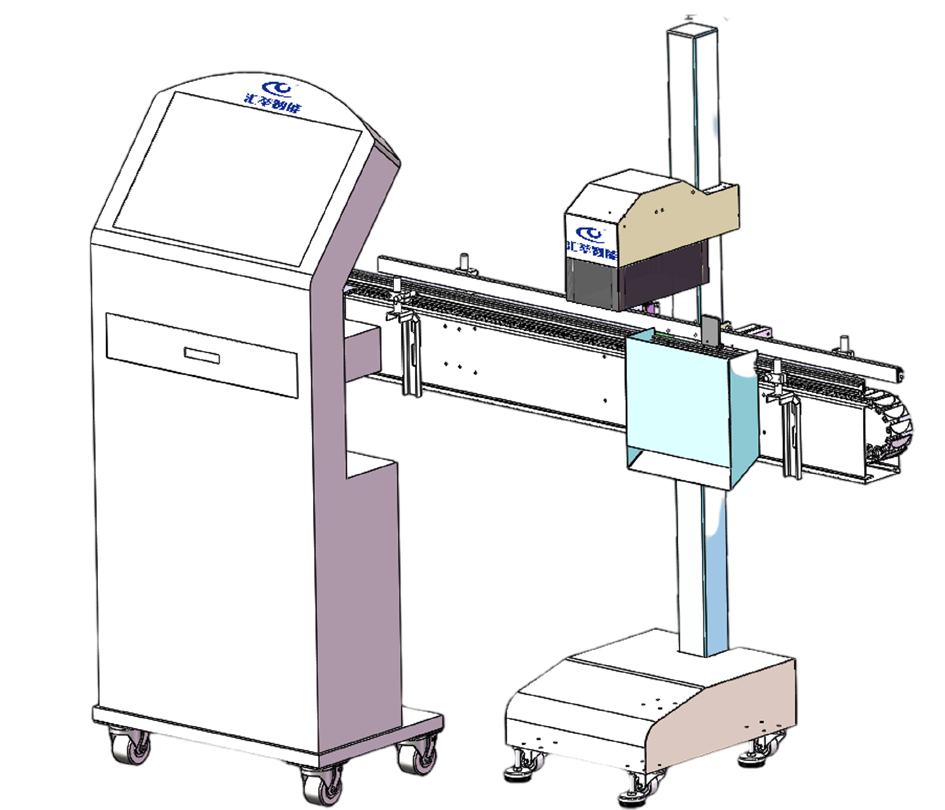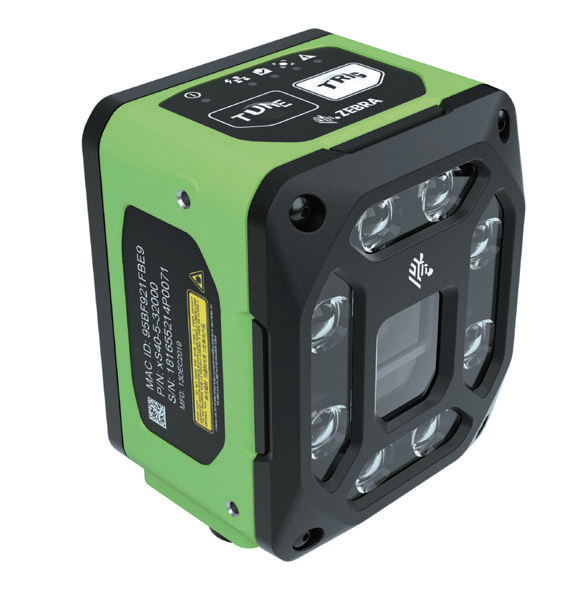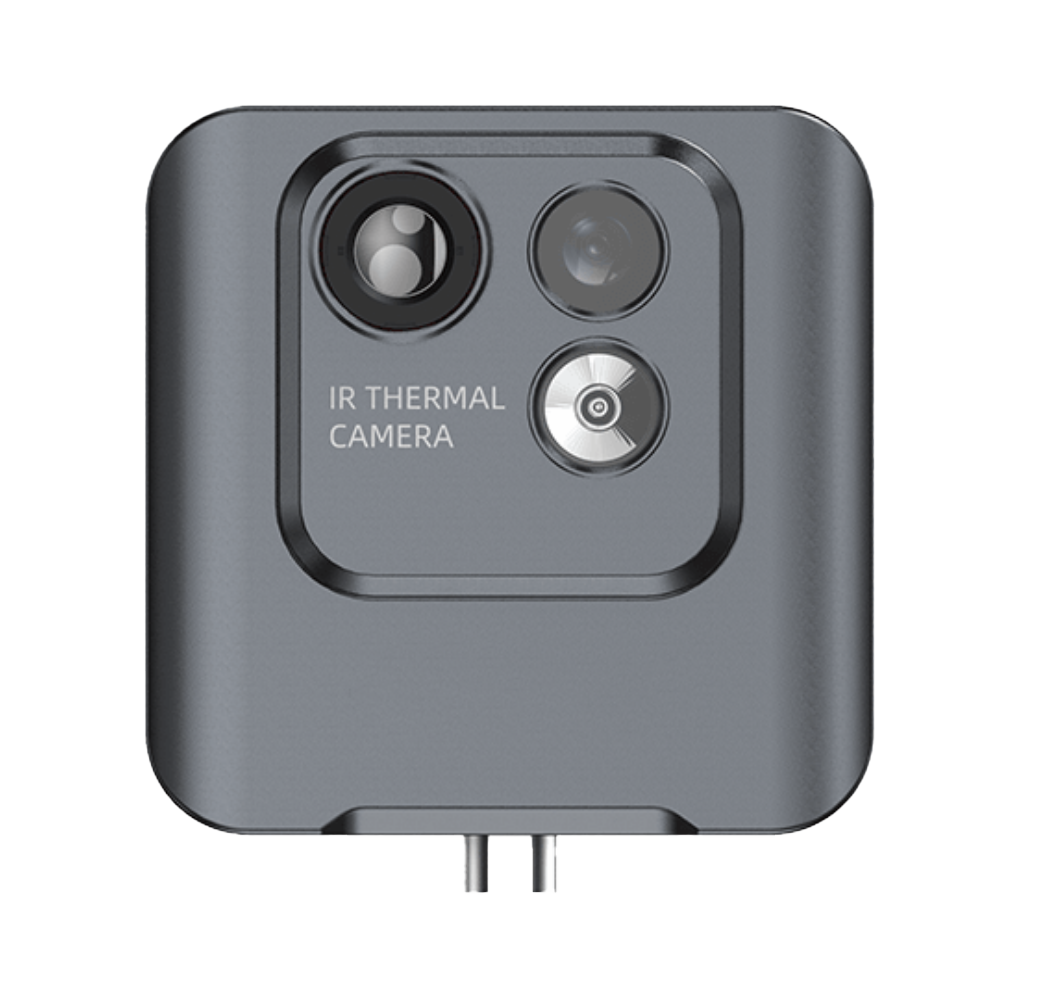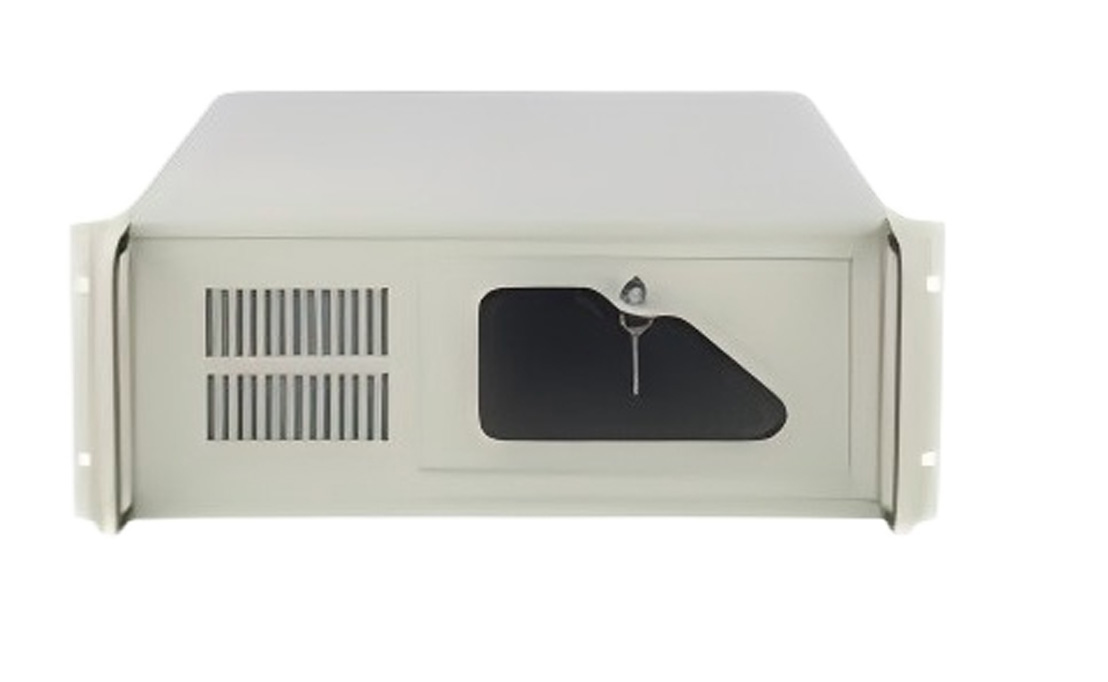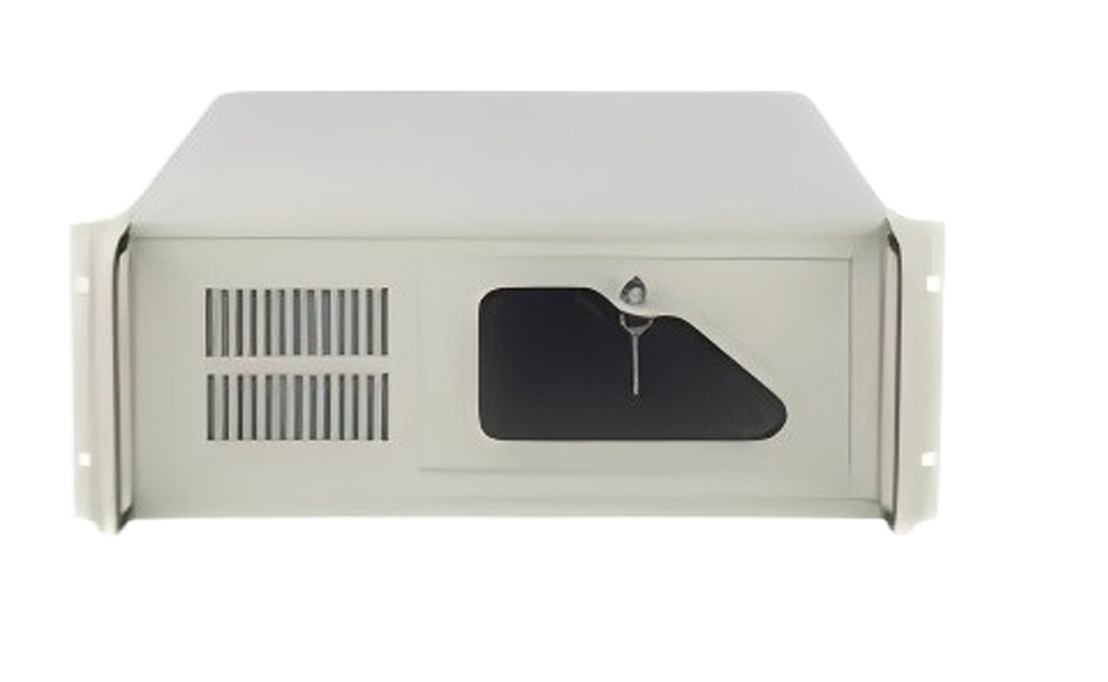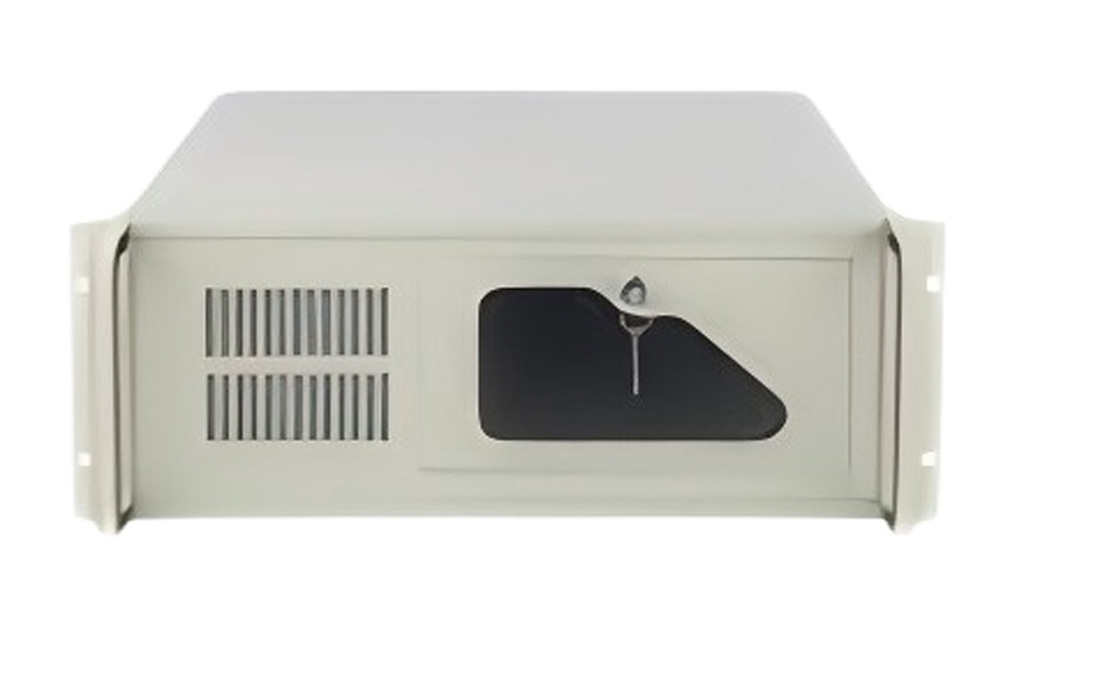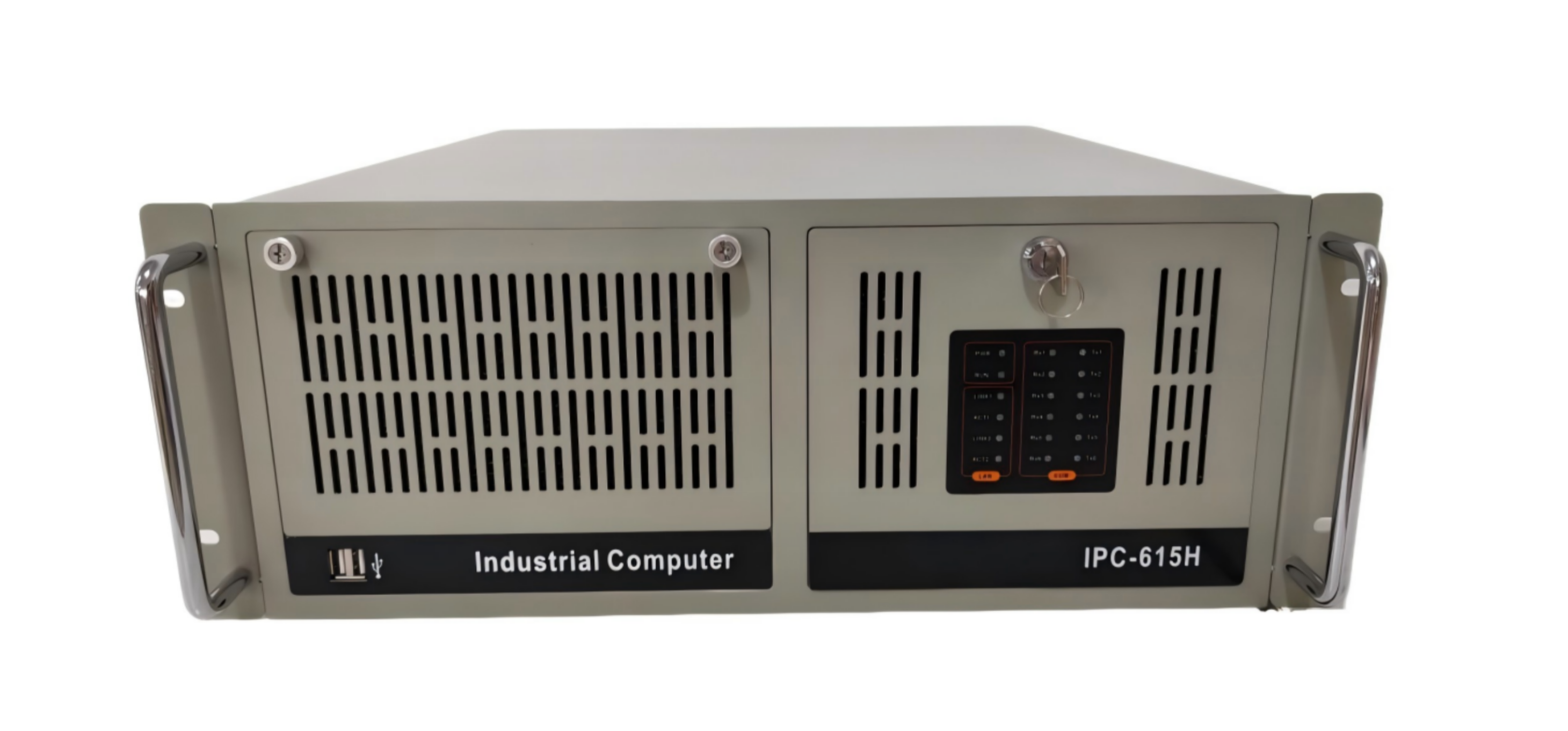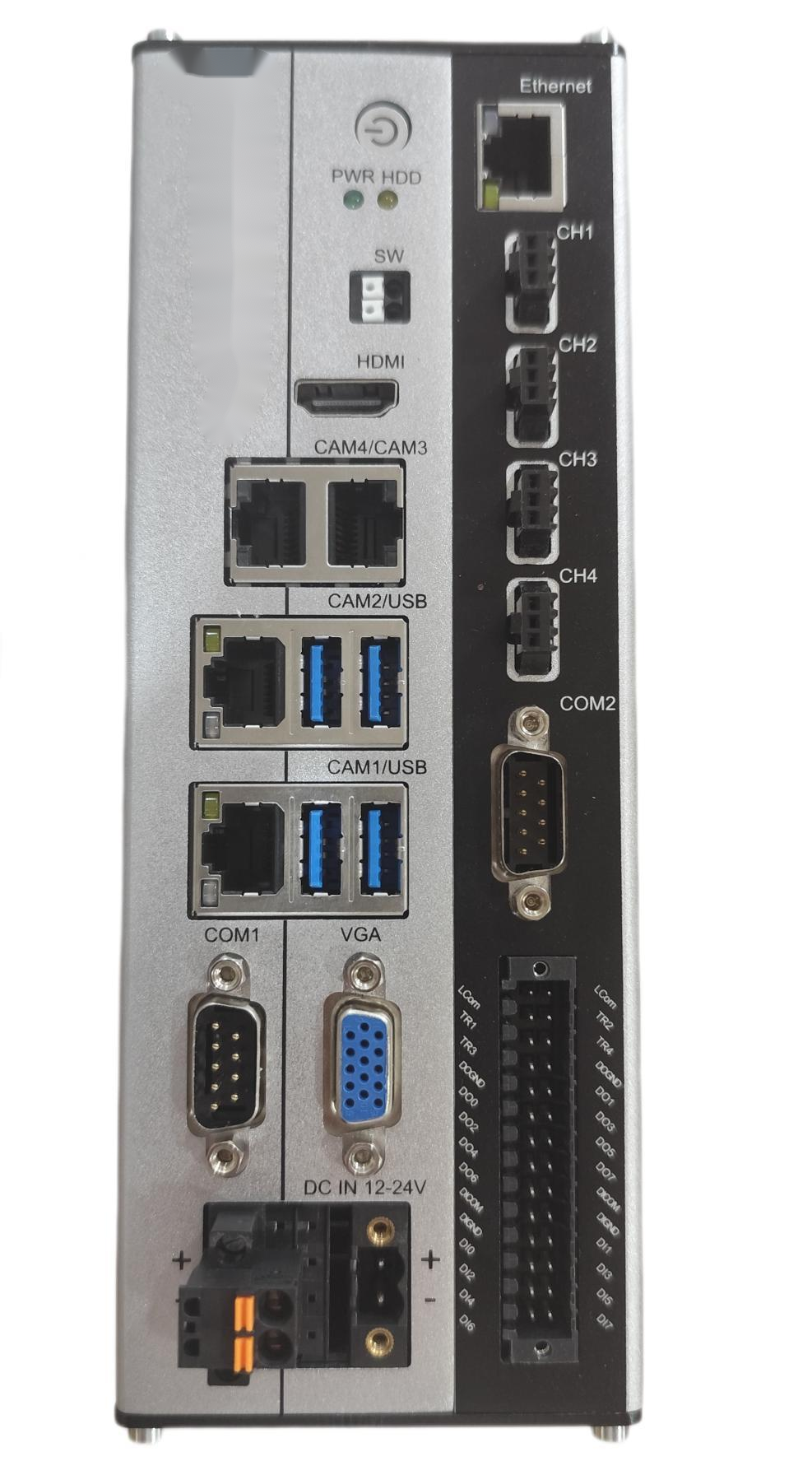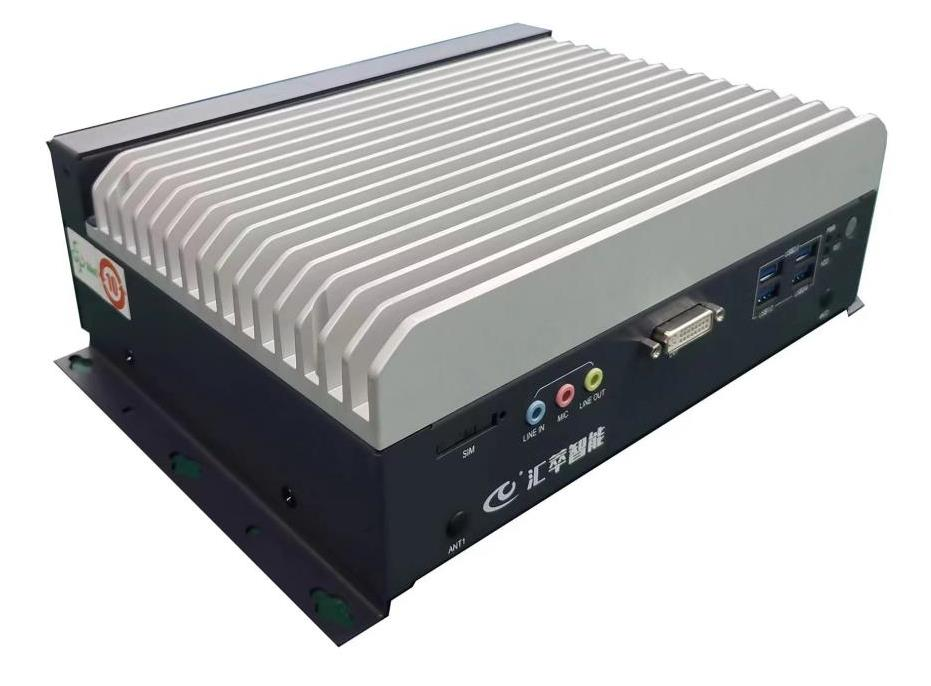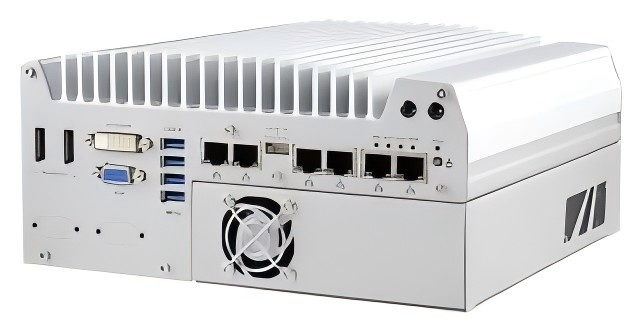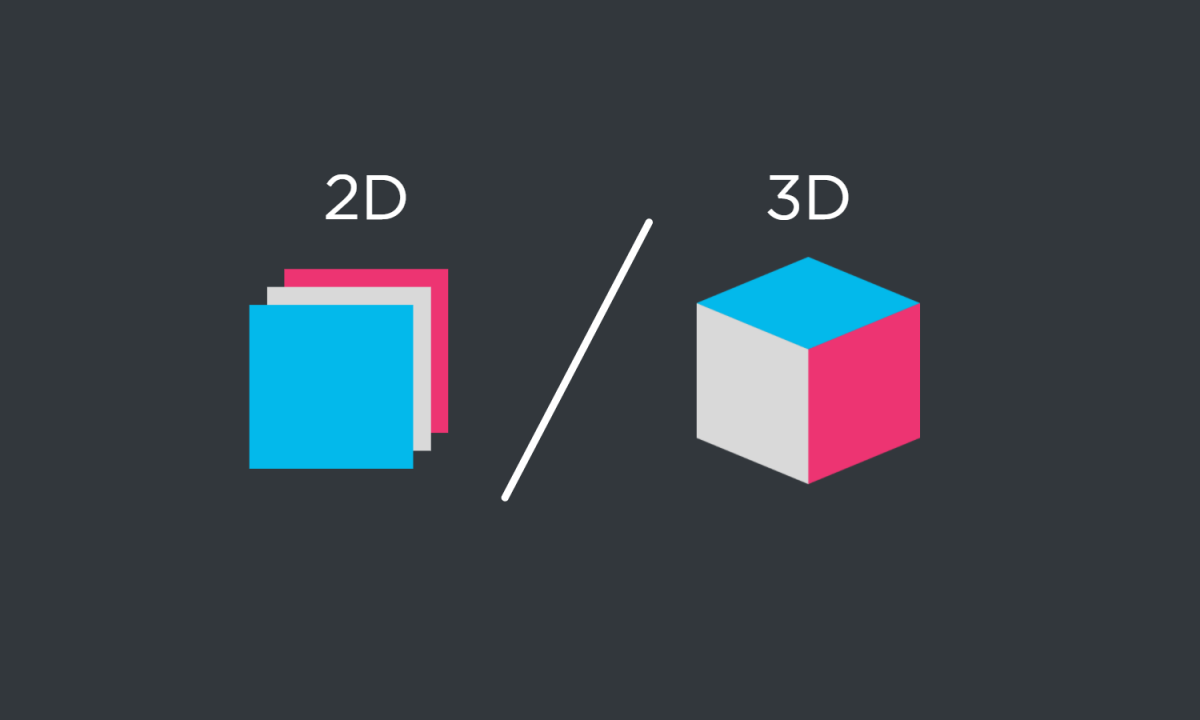
In discussions about robotic vision, the comparison between 2D and 3D vision systems often comes to the forefront. Understanding the features, advantages, and limitations of each system is essential for selecting the most suitable option for your application needs. Both 2D and 3D vision systems have become invaluable assets across various industries, significantly reducing human effort while enhancing operational efficiency and productivity.

Traditional 2D Vision Systems
2D robotic vision systems have a longer history than their three-dimensional counterparts, having been the first to develop in a cost-effective and sophisticated manner. These systems are widely used in the industrial automation sector and are compatible with a variety of software packages, making them the default choice for many machine vision applications.
Despite their utility, 2D systems do have inherent limitations that warrant consideration.
Limitations and Applications of 2D Vision Systems
One of the primary advantages of 2D robotic vision systems is their lower integration costs compared to 3D systems, along with their user-friendly and reliable nature. Typically, a camera captures images of objects along the x and y axes, identifying variations in contrast. However, due to their reliance on two-dimensional feedback, these systems are best suited for simpler applications.
Key Limitations of 2D Vision:
- Limited Flexibility:2D vision can only accurately identify flat parts when they are arranged in a single plane, often requiring additional equipment like shaker tables, which can increase hardware and integration costs.
- Inability to Handle 3D Parts:Objects may appear significantly different from various angles, making it challenging to infer the characteristics of a three-dimensional part based solely on a flat image.
- No Depth Information:2D vision systems provide feedback only in two dimensions (x, y), lacking any height data.
- High Light Dependency:Variations in lighting can create misleading shadows and contours, potentially leading to errors in applications.
If your automation needs involve complex tasks, opting for a 2D vision system is generally not advisable; a 3D machine vision system would be a better choice.
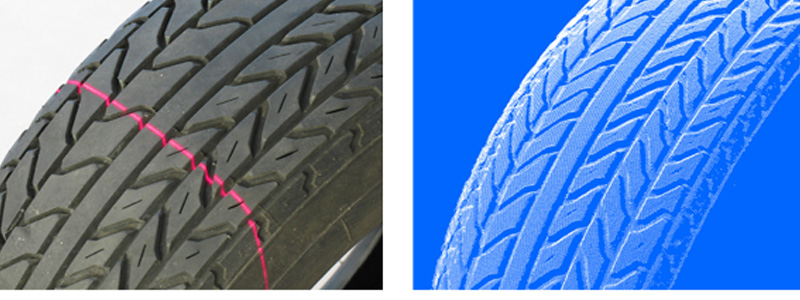
3D Vision Systems
Although still relatively new in the industrial robotics arena, 3D machine vision systems are making a significant impact by broadening the scope of robotic applications to include more advanced tasks that 2D systems typically cannot perform. Unlike 2D systems, which are limited to simple processes, 3D vision captures comprehensive dimensional data for objects.
This capability is particularly beneficial in logistics and manufacturing environments, especially where precise dimensions are crucial. Notably, 3D machine vision systems are less affected by factors such as distance, contrast, and lighting, which can hinder 2D systems.
Applications and Advantages of 3D Vision Systems
While utilizing 3D vision systems may require more intensive software, processing time, and computational power, their advanced 3D algorithms and multi-core processors compensate for these demands. This increased capability allows 3D systems to perform a variety of tasks that are beyond the reach of 2D vision systems, including:
- High-precision assembly
- Measurement of volume, flatness, thickness, and height
- Surface tracking and robotic guidance
- Object scanning and digitization
- Random bin picking
- Mixed depalletizing and palletizing
For example, random bin picking poses a significant challenge for many vision systems, as robots must learn the optimal gripping strategies while accounting for size variations and other measurements. Thus, clear visibility of the parts is essential.
3D vision systems efficiently process this information in real-time, maintaining precision and accuracy regardless of changes in scene dynamics or variations in the parts' characteristics, such as color or reflectivity.
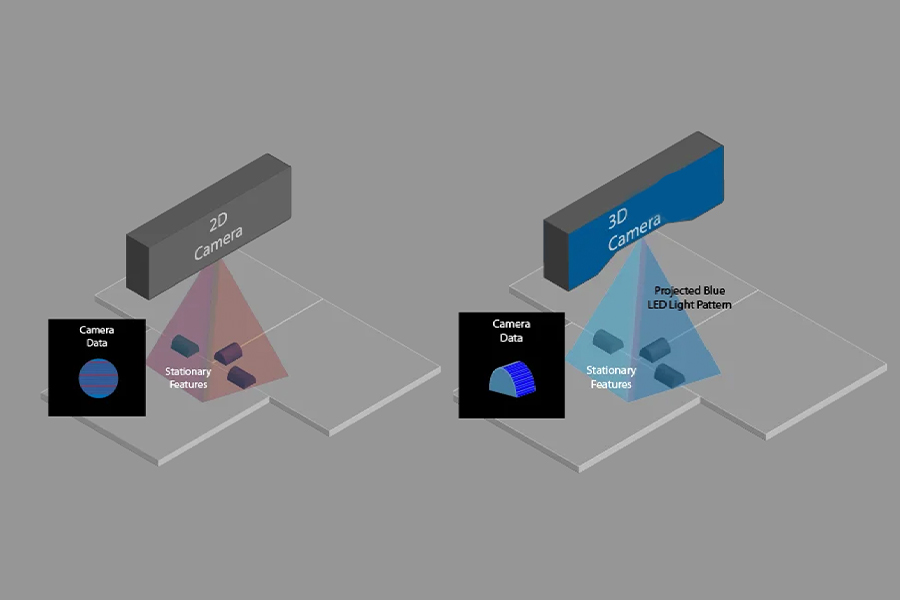
While 2D vision systems are traditional, reliable, and straightforward to operate, 3D vision systems offer exceptional flexibility and adaptability in manufacturing processes. Applications such as random bin picking, measurement, assembly, inspection, and quality control are ideally suited for 3D systems. Ultimately, selecting between 2D and 3D vision systems depends on your specific needs regarding measurement speed, required accuracy, and whether your objects are stationary or in motion.



